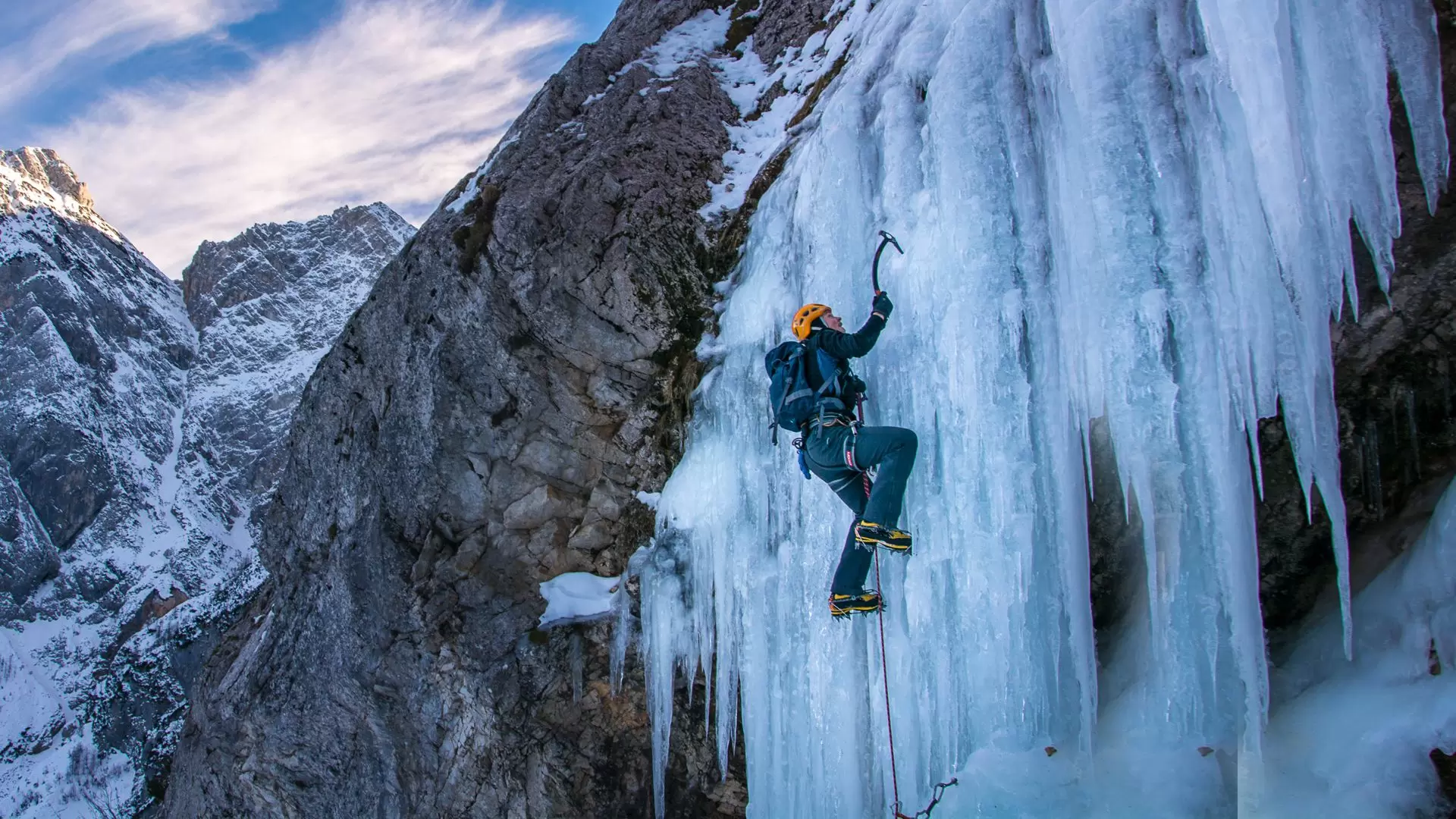As traditional adventure sports become more accessible, a surprising trend has emerged—ice climbing is drawing increasing interest from urban professionals seeking extreme, structured challenges outside their daily routines. Once limited to remote alpine communities, this sport has now entered climbing gyms and guided excursions near urban centers, thanks to advancements in gear and safety standards.
Ice climbing demands a unique blend of strength, technique, and mental focus. Unlike traditional rock climbing, climbers scale frozen waterfalls or icy cliff faces using crampons and ice axes. The unpredictable nature of ice formation and changing weather conditions introduces an element of risk that heightens the thrill. Certified guides and regulated training have made it possible for even beginners to safely experience this high-adrenaline pursuit.
As more people seek meaningful physical challenges, ice climbing has positioned itself as both a mental reset and an elite fitness endeavor. With proper training and environmental respect, it continues to attract athletes and explorers looking to conquer not just heights—but the frozen unknown.





